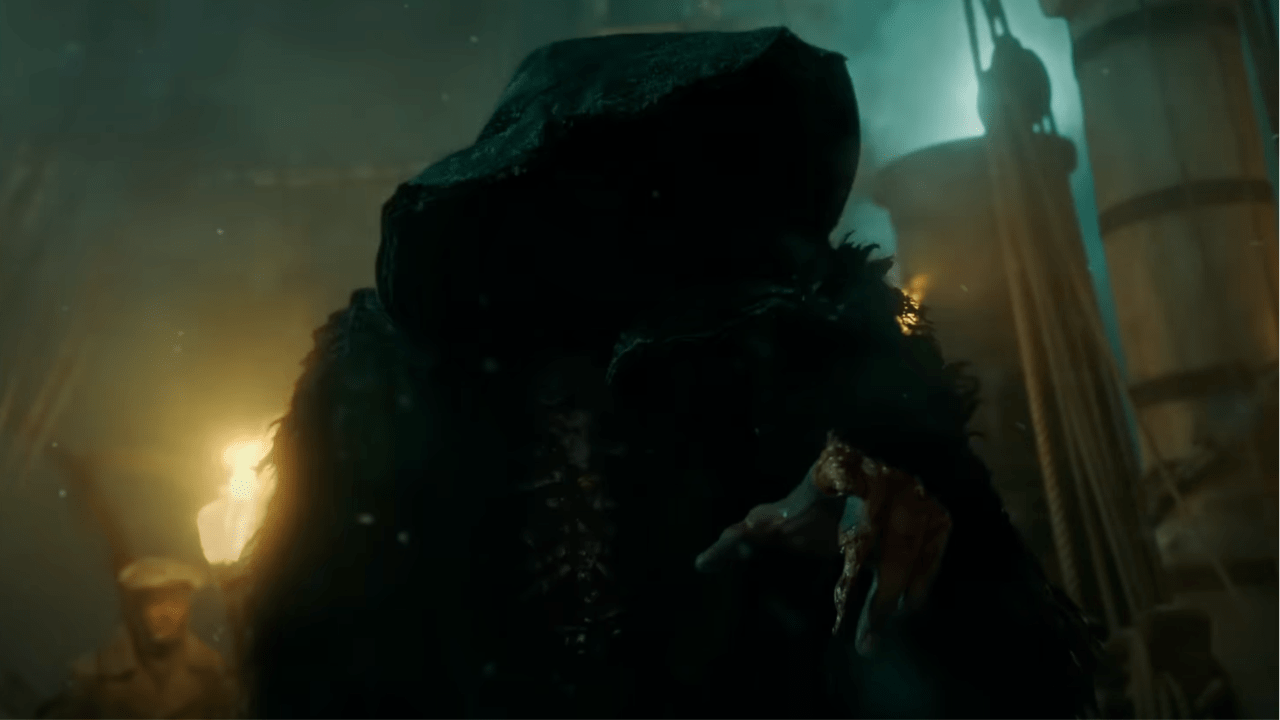
After a lengthy journey, Guillermo del Toro is ultimately breathing life into his interpretation of Frankenstein, which could very well be his most intimately monstrous creation.
For decades, an Oscar-winning director has harbored a desire to bring this story to life. After enduring years of studios turning him down, Netflix finally granted him the go-ahead. Now, with “Frankenstein” slated to debut at the Venice Film Festival before its November release on Netflix, we’re afforded a peek into a film that the director himself terms as his “dream project.
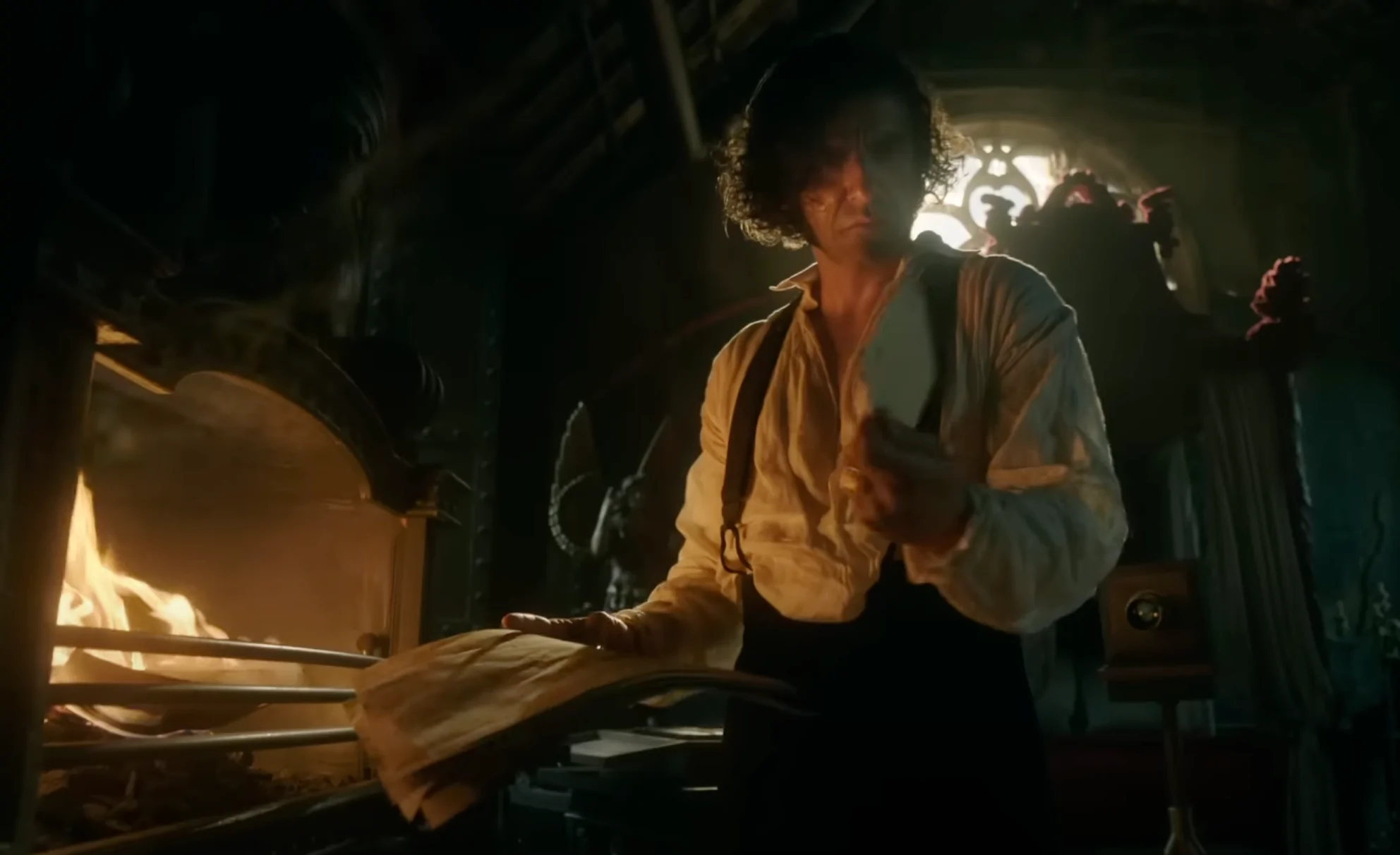
In their latest piece, Vanity Fair offers a sneak peek into the intricate universe of the upcoming movie, and here’s why you should be excited for this dark revival story to unfold.
More Than a Monster Movie
If you’re thinking that Del Toro’s adaptation of Mary Shelley’s Frankenstein will be filled with bolts and neck scars, you might want to reconsider. Instead, this version is operatic, personal, and rich in mythology. While it remains faithful to the original 1818 novel, Del Toro’s take on the story moves beyond the typical mad science theme, focusing on more primal themes like father-son relationships, creation, and the destruction that can result from meddling with the boundaries between life and death.
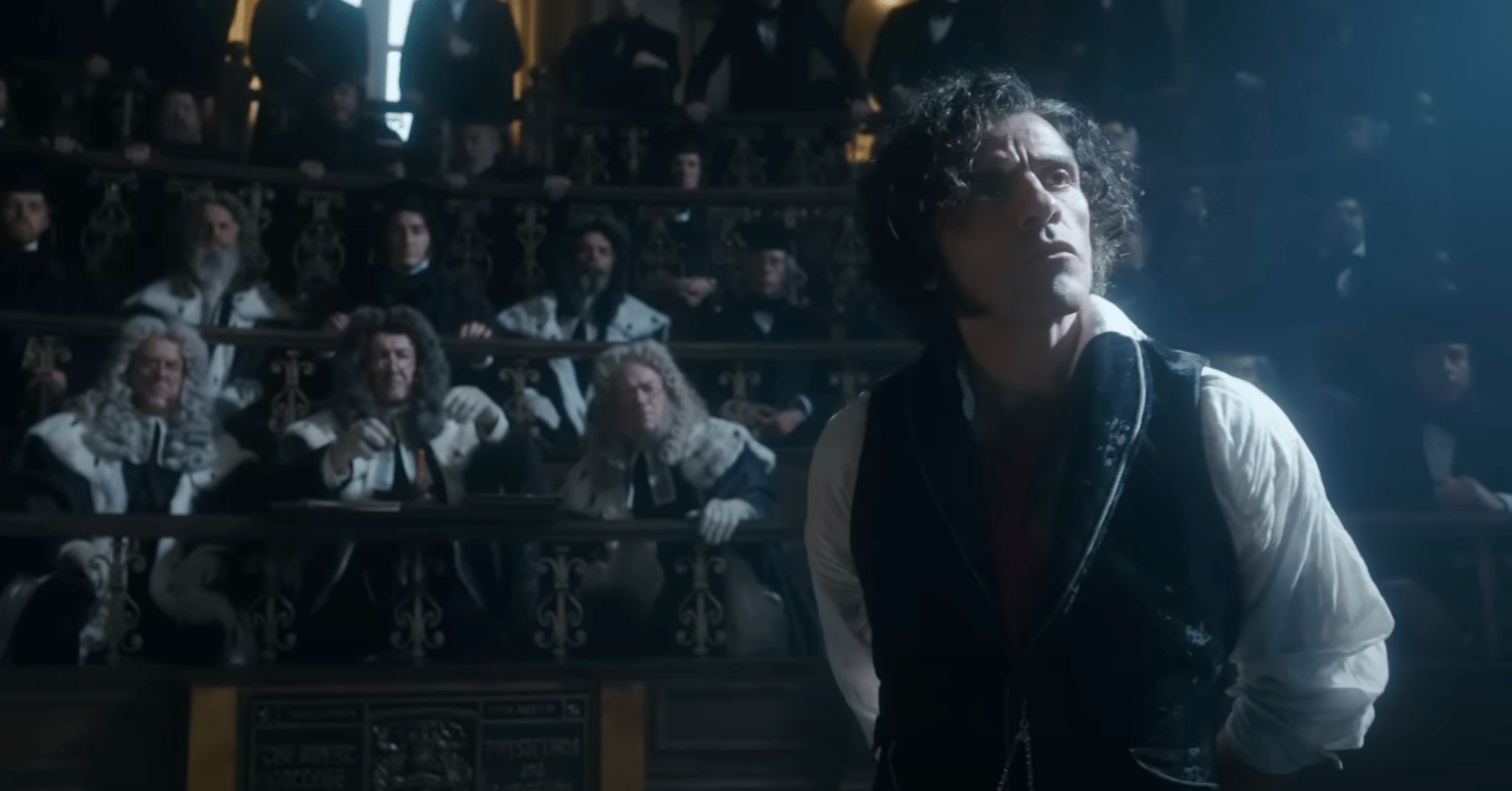
In this adaptation, Oscar Isaac portrays Victor Frankenstein not as a mad genius, but rather a tormented individual recreating the pain of his own past. Charles Dance is cast as Victor’s stern and authoritative father, while Jacob Elordi embodies the resurrected creature.
As a movie enthusiast, I find myself awestruck by Del Toro’s latest creation – a monstrous masterpiece, meticulously sewn together piece by piece in an eerie, cathedral-like water tower laboratory. This is no ordinary science lab; it echoes with the agony of its past, transforming into a sanctuary of suffering. The creature itself is a grotesque yet mesmerizing blend of beauty and horror that undeniably bears the signature style of its creator. Truly, Del Toro never ceases to astound us with his unique vision.
A Story Told in Blood and Glass
In appearance, Guillermo del Toro’s Frankenstein is promising to be one of his most impressive movies yet. The production designer, Tamara Deverell, has ingeniously transformed an 18th-century cistern into a complete 360-degree set, featuring glowing green glass pillars, a statue of Medusa observing from above, and silverwork pipes intended to conduct lightning from the storm clouds. This creation is a blend of Gothic horror and operatic grandeur, reminiscent of classic Universal monsters, but given del Toro’s unique perspective.
Jacob Elordi as Frankenstein’s monster in Guillermo del Toro’s ‘FRANKENSTEIN’
(Source: )
— DiscussingFilm (@DiscussingFilm) July 28, 2025
Everything possesses a tangible feel, ranging from disemboweled corpses colloquially referred to as “Canadian Bacon,” to actual ice cubes dissolving under artificial figures. The monster’s reincarnation is portrayed in a chilling and symbolic manner.
What If the Real Horror Is Family?
This version stands out not only for its atmosphere or special effects, but for its profound emotional depth. Del Toro’s adaptation of Frankenstein emphasizes the themes of parenthood and desertion, transforming Shelley’s cautionary tale about uncontrolled science into a contemplation on fractured relationships.
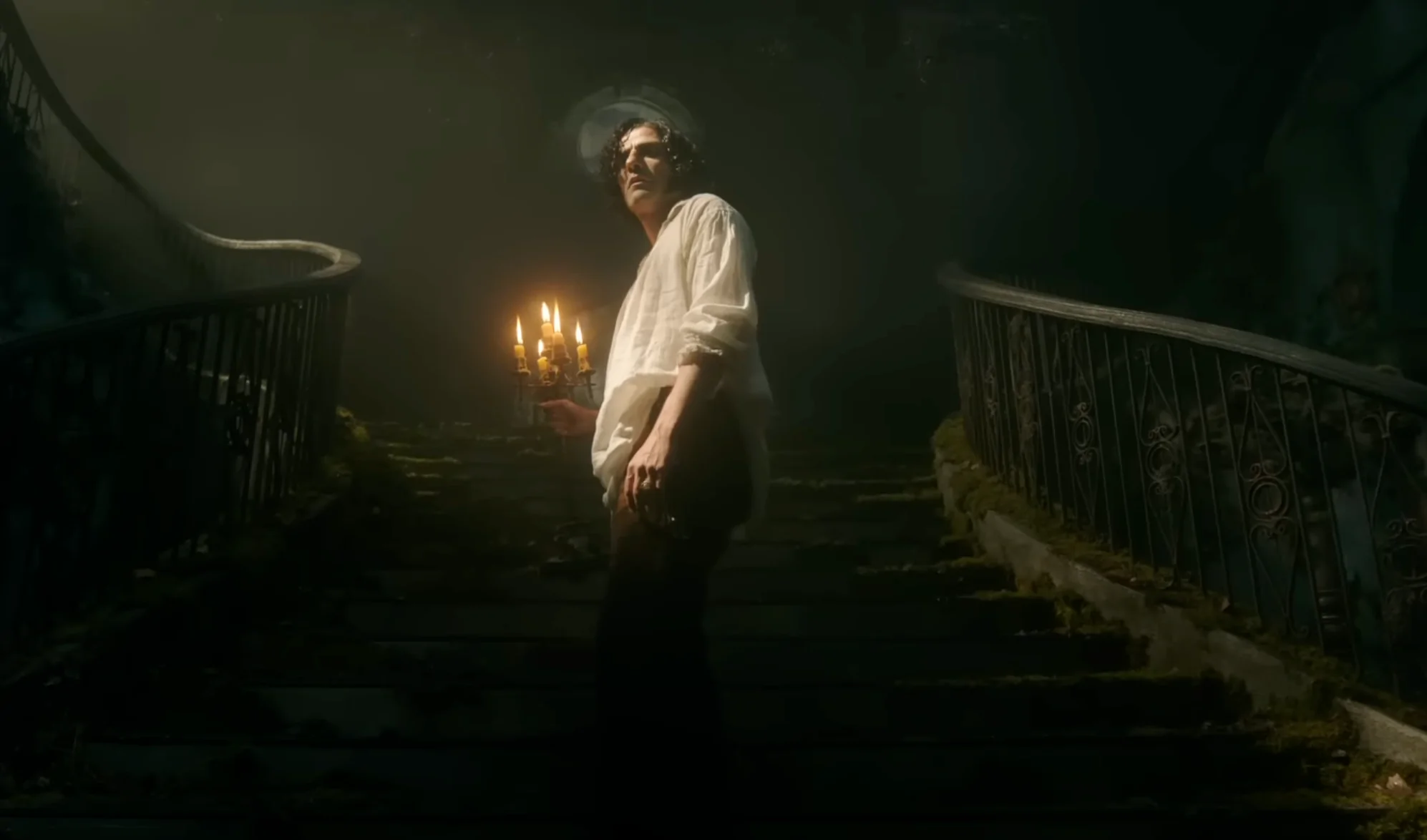
Del Toro describes: “The father unknowingly follows in the footsteps of his own father towards his son,” which represents a generational curse. This story revolves around Victor, his father Leopold, and the monster who yearns to understand three things: why was he created, why does he endure suffering, and why did his creator abandon him in such a cruel world?
As a devoted admirer, I can’t help but notice the intentional similarities Del Toro draws between his work and the classic tale of Pinocchio. Both narratives revolve around sons, not naturally born, grappling with purpose in a universe that didn’t invite them. Unlike Pinocchio, who yearned for love and acceptance, Frankenstein’s monster encounters only bloodshed and desertion.
Familiar Shadows and Fresh Faces
Even though this new version of “Frankenstein” is unlike any previous ones, Guillermo del Toro isn’t disregarding its history. The spirit of Boris Karloff is palpable-it’s even visible as a sticker on del Toro’s monitor-and the creature design was significantly impacted by the work of the late Bernie Wrightson. Both Oscar Isaac and Jacob Elordi filled their trailers with Wrightson’s chilling illustrations, using them for inspiration.
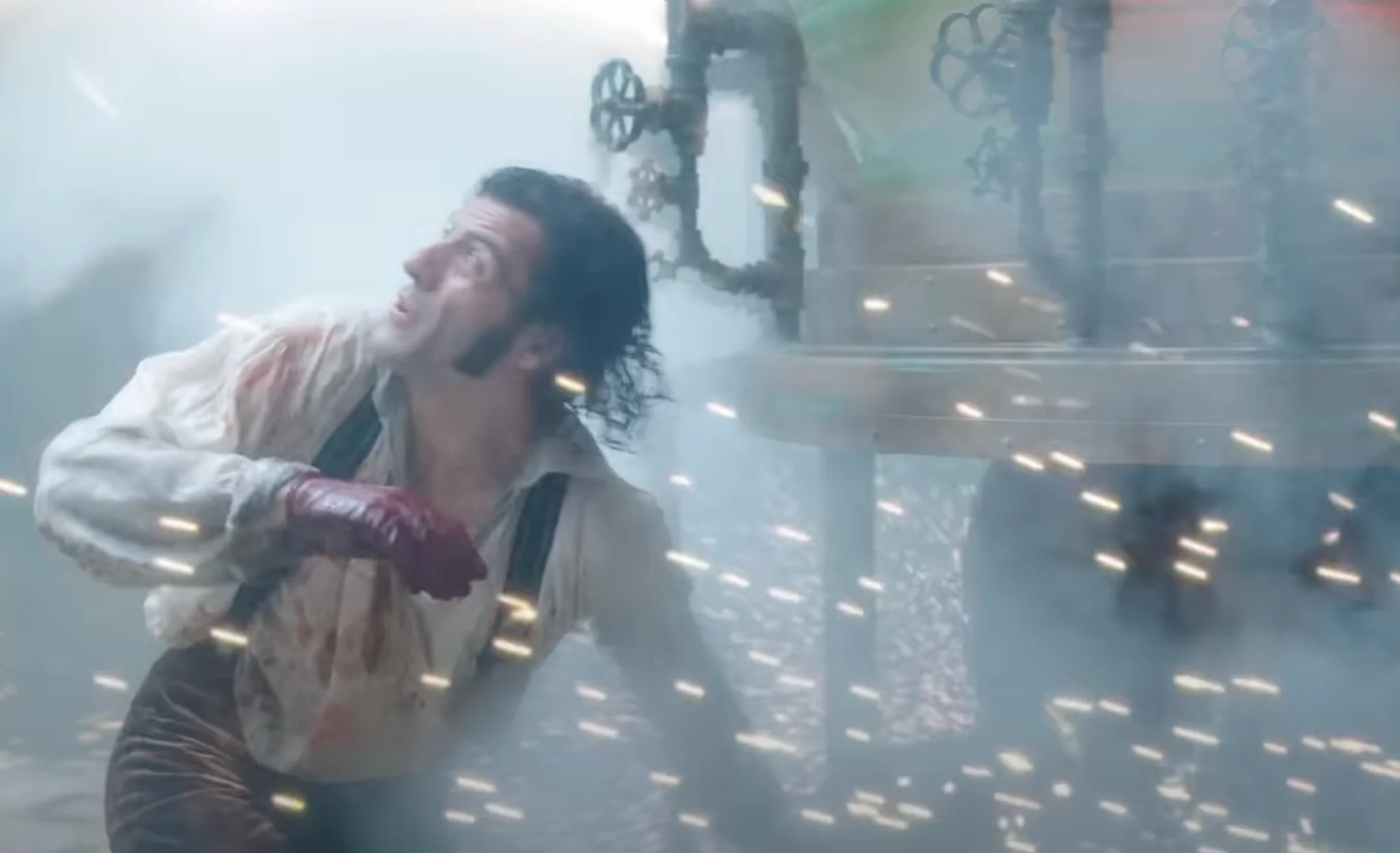
As a movie enthusiast, I was thrilled when I learned that Andrew Garfield would play the monster in an upcoming film. However, unforeseen scheduling issues forced him to withdraw at the last possible moment, just before production started. It was then that the director, Guillermo del Toro, took a risky gamble by introducing Jacob Elordi as a replacement. To my surprise, this unexpected move turned out to be a stroke of genius. Elordi’s towering six-foot-five stature and melancholic aura transformed the creature into something unique: a being that is not just a mindless brute but a character with a shattered soul instead.
Additional characters in this production are Mia Goth portraying Elizabeth, while Christoph Waltz takes on the part of Harlander – a weapons merchant who finances Frankenstein’s projects with the hope of receiving eternal life. David Bradley is cast as a blind man, an essential character from Shelley’s novel that del Toro utilizes to examine themes of forgiveness and wisdom amidst brutality.
A Mass for the Damned
According to del Toro himself, the movie serves as a sermon-like homage, drawing inspiration not directly from Shelley, Wrightson, or Karloff, but acknowledging and honoring their respective contributions to the Frankenstein legacy.
He asserts that the church itself isn’t constructed by us, but rather, we are giving an impassioned, soul-stirring message within its walls.
In the hands of del Toro, the classic tale of Frankenstein transcends its original scope, exploring themes of profound longing, generational suffering, love that is both monstrous and beautiful, and a legacy that is as much cursed as it is inherited. While the monster may be a fresh interpretation, the questions it poses are timeless.
In his adaptation of Frankenstein, Guillermo del Toro doesn’t merely revisit an old tale; rather, he unearths something ancient, shadowy, and strikingly human. It might be here that the true terror resides.
Read More
- Прогноз криптовалюты UNI: прогнозы цены UNI
- Серебро прогноз
- How Travis Kelce Reportedly Pulled Off His Sweet Proposal To Taylor Swift: ‘He Knew He Wanted To Marry Her’
- Золото прогноз
- Прогноз криптовалюты XLM: прогнозы цены XLM
- Please Don’t Destroy Reacted To The SNL Breakup In A Heartfelt And Hilarious Way That Involves Winnie The Pooh (And I Wouldn’t Expect Anything Less)
- EPCOT Testing Changes to Guardians of the Galaxy: Cosmic Rewind Pre-Show Procedures to Give Advantage to Paid Lightning Lane Guests
- How Ariana Grande Reportedly Feels After Hearing That Ex-Fiancé Pete Davidson Is Expecting His First Child
- I Didn’t Realize The Monkey Was Funny, And That Surprise Made The Stephen King Adaptation Even Better
- Cheers’ Confirmed Remake Saves Ted Danson’s Iconic Series From A TV Trend That Needs To End
2025-08-05 16:02